- Joined
- 21 April 2009
- Messages
- 13,170
- Reaction score
- 6,056
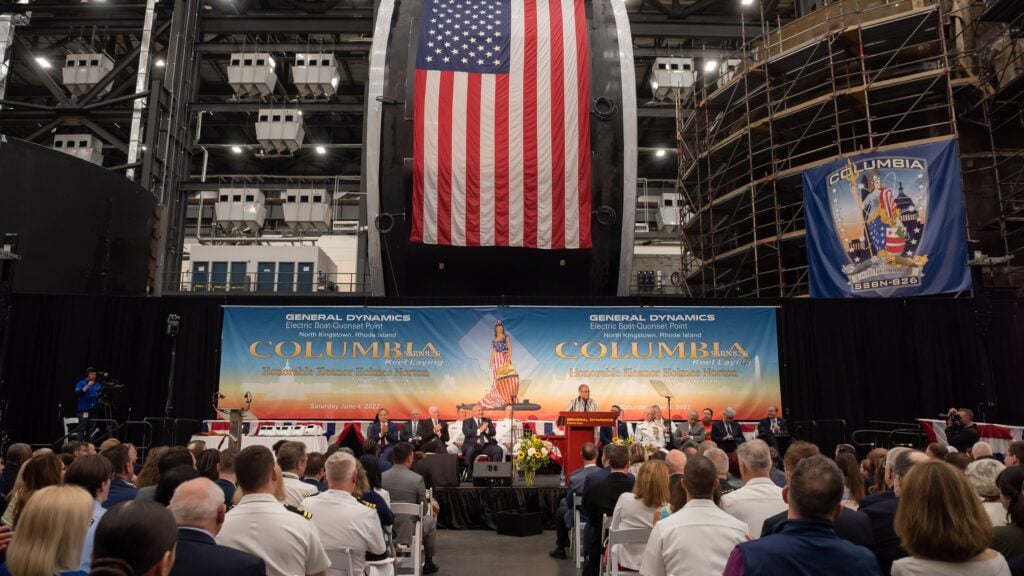
Navy plans to seek block buy for next five Columbia-class subs - Breaking Defense
A five-sub buy would have the potential to save billions in taxpayer dollars if executed well.

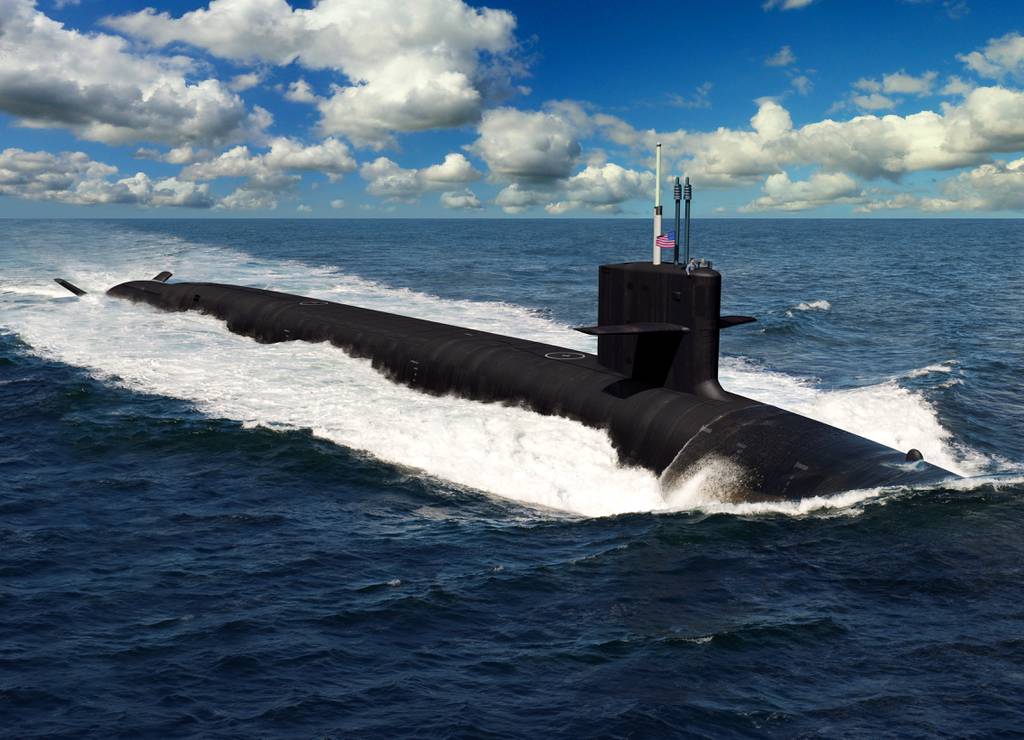
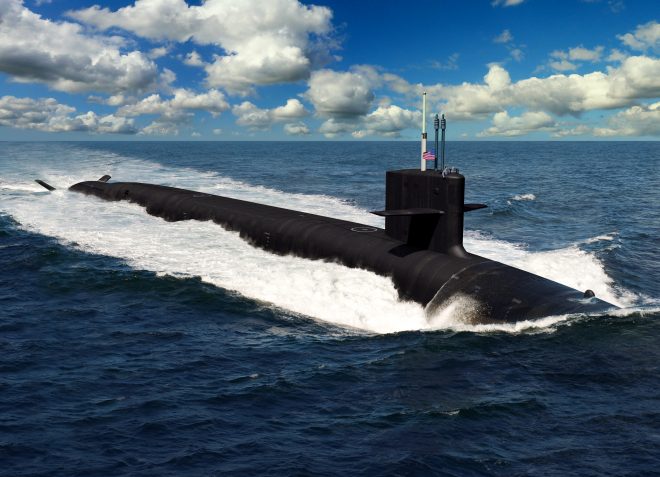
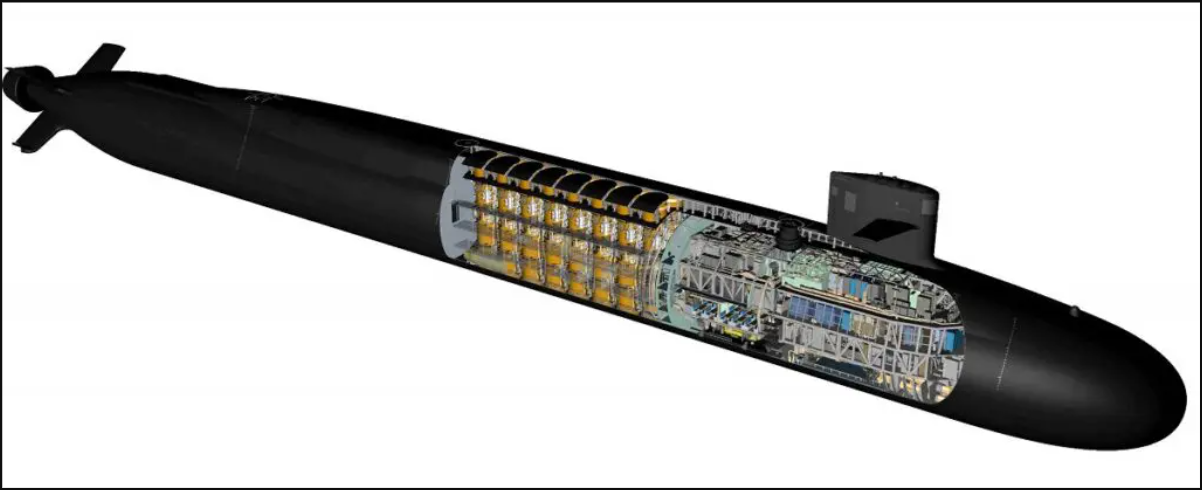

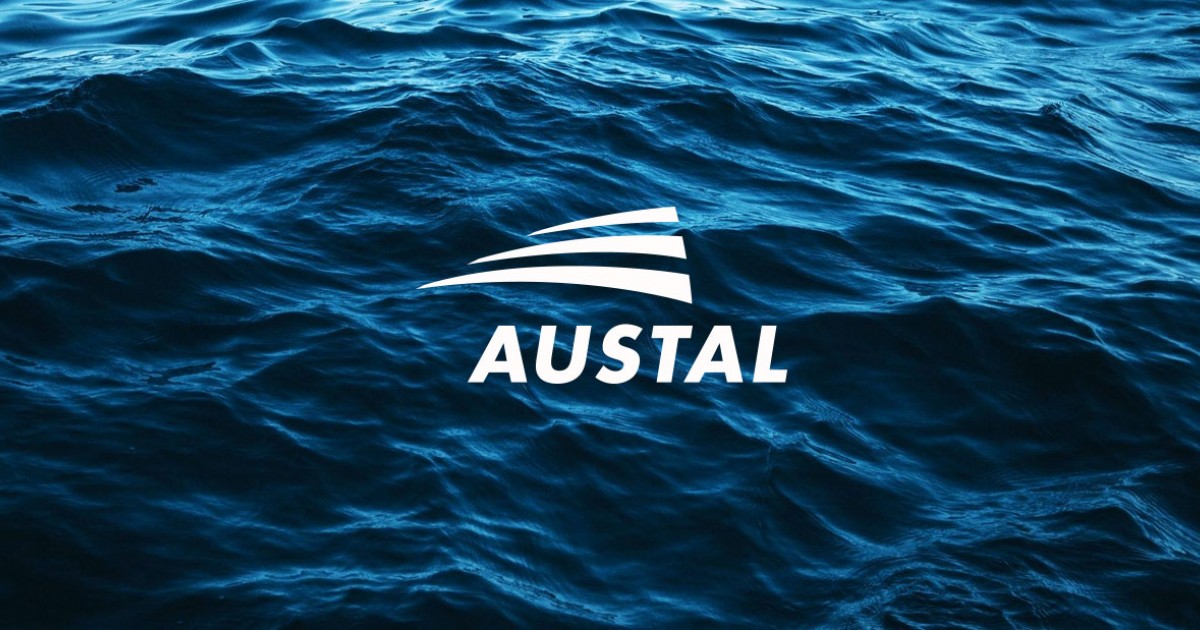
It'll mess with how big the ballast tanks need to be on each end of the ship, which would greatly mess up the shape of the stern. pi*R^2*h says that a single quad is some 1200 tons additional submerged displacement (13m beam times about 9m long).View: https://m.youtube.com/watch?v=KZuWSDsqC_0&pp=ygUPQ29sdW1iaWEgY2xhc3Mg
Each quad pack is its own section that could mean easier to add one or two sections 4-8 addition missiles to (20-24 total) to future boats if required? Or would this introduce too much structural change?
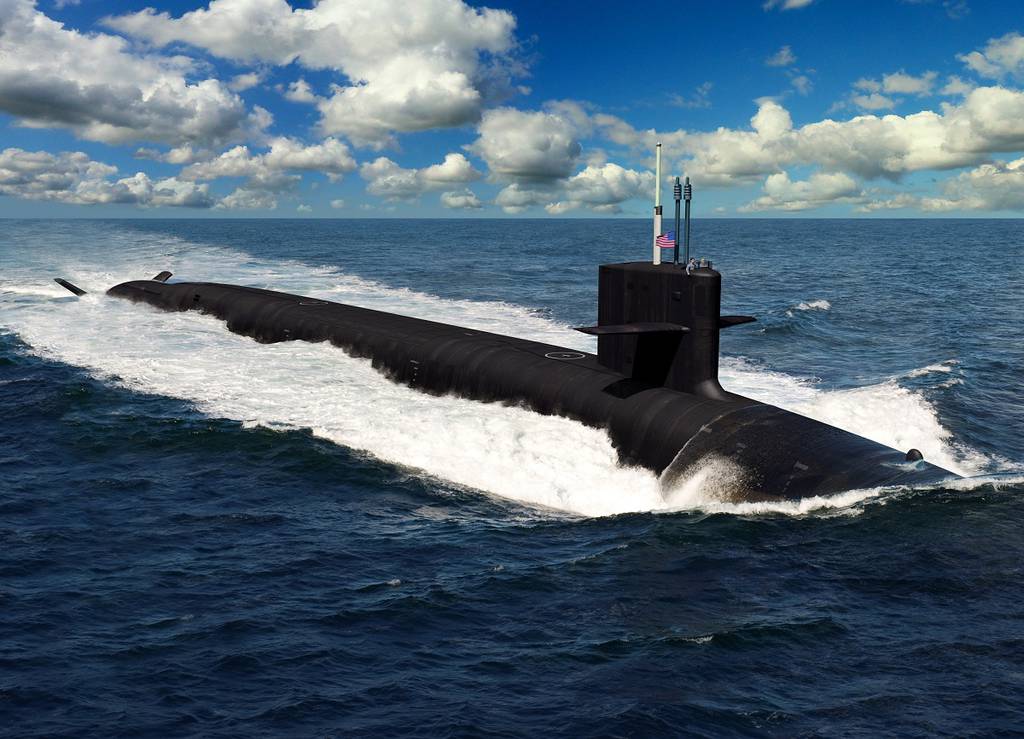
probably a third of it (the systems folks, not the welders) has been former sailors.Who will work in them?
Because a first in class ALWAYS has issues during sea trials. ALWAYS.Interestingly the Columbia project had a six month project contingency buffer but while the first submarines delivery is not currently running late that six month buffer has been completely eroded so they want to try and speed up early fabrication to try and recoup it again in case they run into problems during systems installation or commissioning.
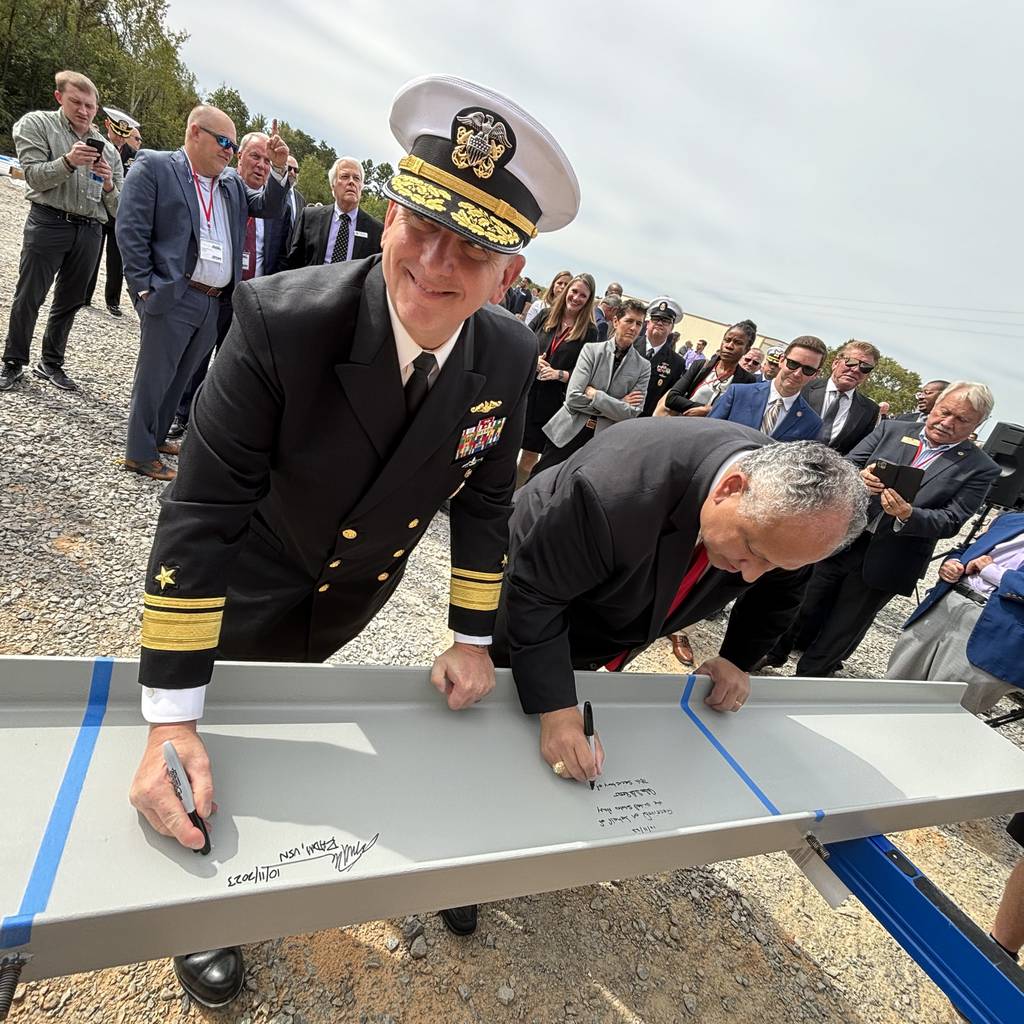
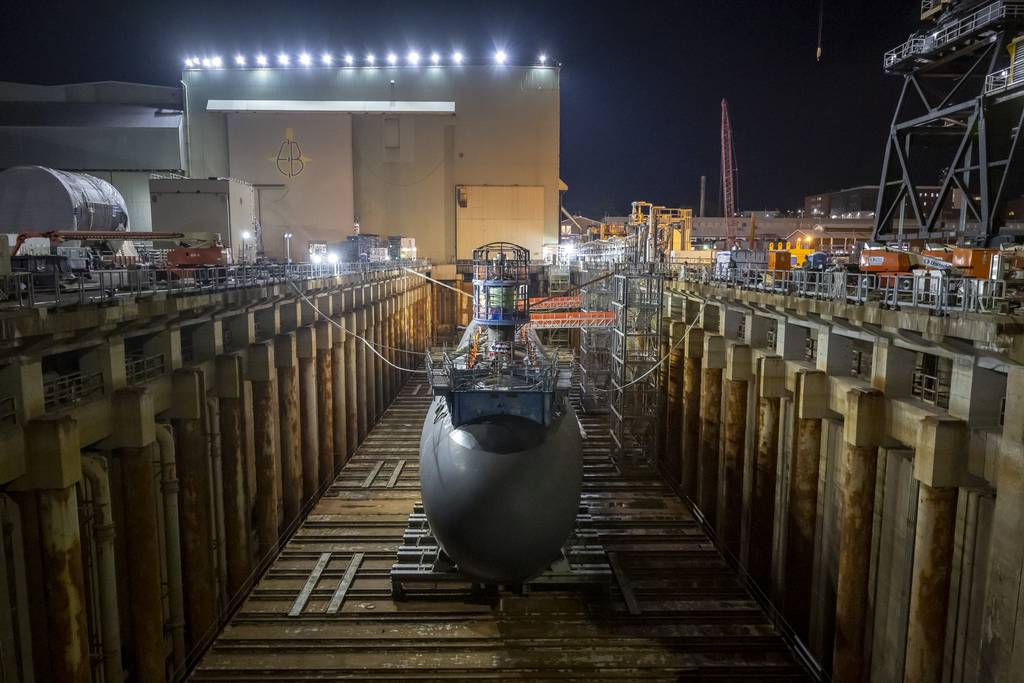
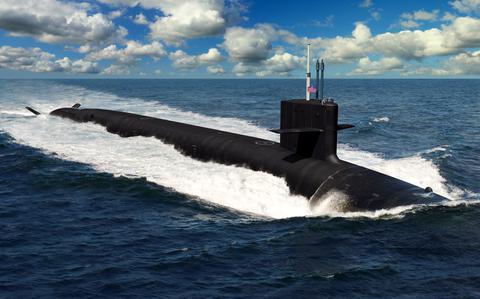
Grumble.View: https://twitter.com/CovertShores/status/1745116671109455987
Image of the Colombia stern showing off her X tail.
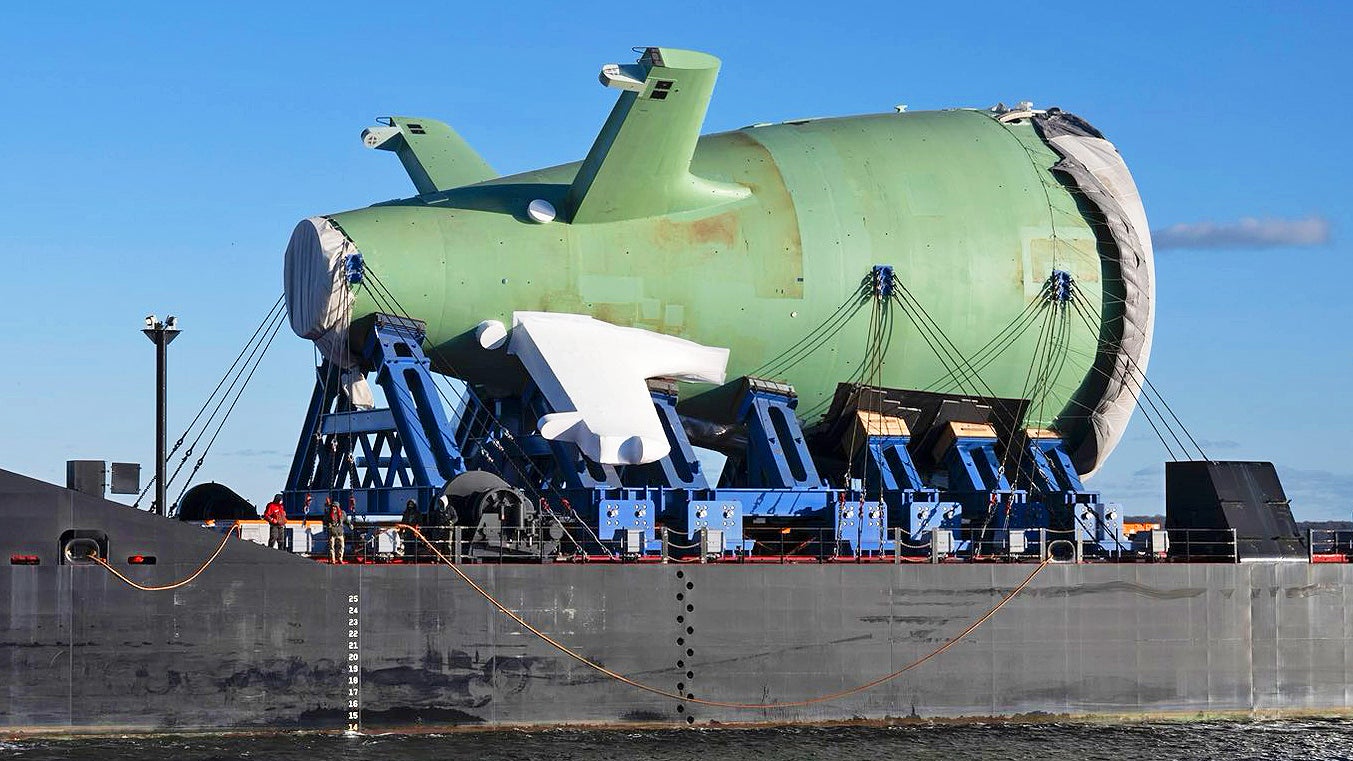
Overall agility is better across the full range of operating conditions, and less chance of a plane getting stuck/damaged in such a way it cripples the ability of the boat to maneuver. And better flow noise characteristics.Grumble.
Still don't like the X-tail for a boomer. Because of how the surfaces have to mix, you cannot get the equivalent of full dive on the stern planes and hard rudder. You know, basic torpedo evasion maneuvers. Because Fast Attacks are smaller and spend more time at periscope depth, the X-planes are appropriate for them.
Grumble.
Still don't like the X-tail for a boomer. Because of how the surfaces have to mix, you cannot get the equivalent of full dive on the stern planes and hard rudder. You know, basic torpedo evasion maneuvers. Because Fast Attacks are smaller and spend more time at periscope depth, the X-planes are appropriate for them.
No, they don't.You can, the control surfaces function identically but offset by 45 degrees, any manoeuvre you can do with a cross you can do with an X with the twin advantages of shallower draft and greater rudder effectiveness for the same surface area as they are in a cleaner waterflow, meaning if you keep them the same size you have larger dive and turning force due to a greater rudder bite, or you can shrink them to reduce noise signature while maintaining the same level of control.
![X_stern[1].png X_stern[1].png](https://www.secretprojects.co.uk/data/attachments/252/252433-dc8701eaad1df04ce6d710e0cc424464.jpg)
What do they do with it once it gets to Quonset Point? They don't appear to have a dry dock.
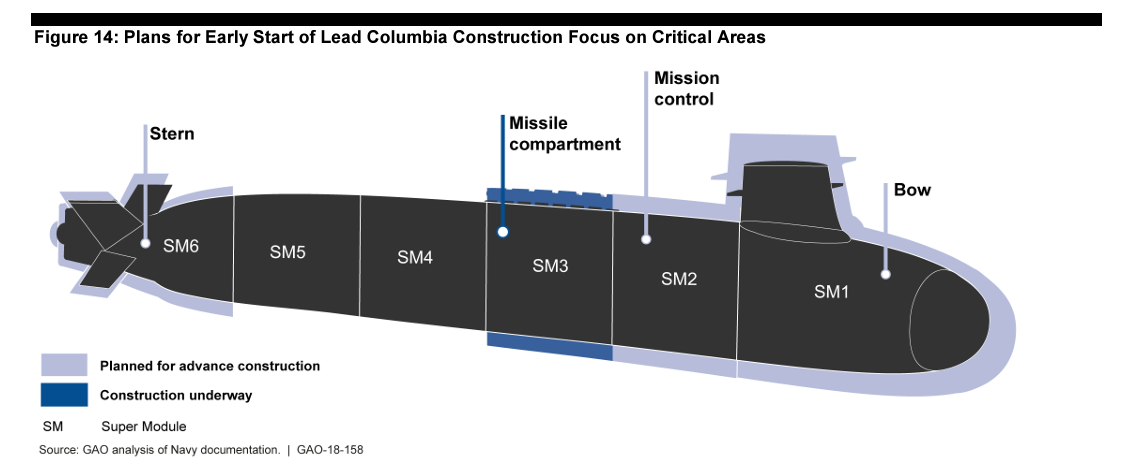

Huh, based on that the reactor is a lot farther forward than on the Ohios, and the engine room is longer.
Huh, based on that the reactor is a lot farther forward than on the Ohios, and the engine room is longer.
That might explain the downsize to 16 missiles…the new propulsion takes up more volume.
The machinery spaces are larger due to the electric drive, life-of-boat reactor, and additional quieting. The reactor itself is further forward due to the reduced missile count meant to conform to arms control/reduction.Huh, based on that the reactor is a lot farther forward than on the Ohios, and the engine room is longer.
